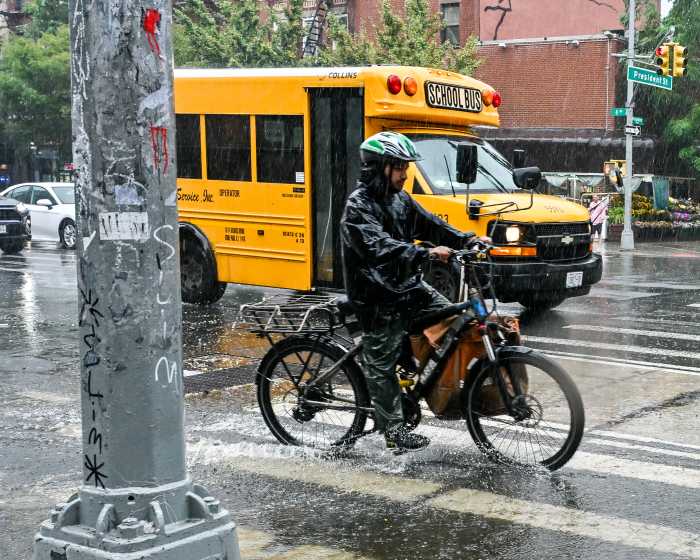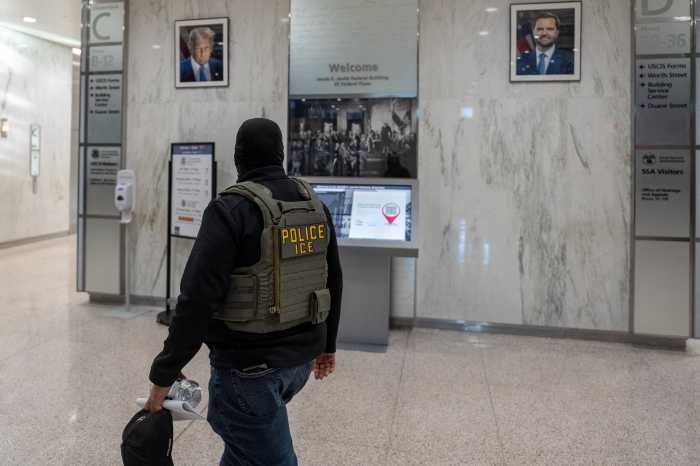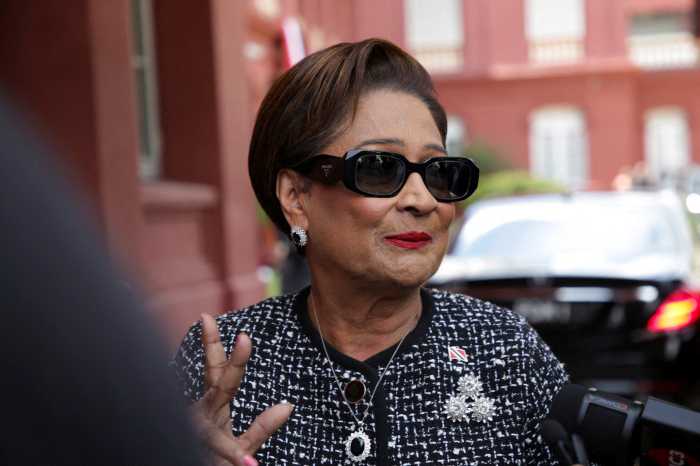The Metropolitan Transportation Authority has had to make a series of difficult decisions to address our $800-million budget shortfall in 2010. Riders are feeling the pain of service cuts that went into effect this week, but it’s important to understand why these cuts are needed and what the MTA is doing to ensure we are operating as efficiently as possible.
A budget gap this enormous was not caused by increased MTA expenses or by diminished fare and toll revenues. Fares and tolls only cover about half the cost of the service the MTA provides, and these revenues have been fairly stable. Instead, the budget problem results from two causes: a state budget cut of nearly $150 million and dramatic deterioration of the taxes that fund the MTA, especially the new payroll tax.
Since I took over as chairman of the MTA in October, we’ve begun fundamentally overhauling the way the MTA does business to make sure we are using every taxpayer and fare dollar as wisely as possible. We have reduced payroll at our headquarters by 20 percent, renegotiated contracts with our suppliers, deferred or eliminated more than half of the projects in the 2010 operating budget and committed to cracking down on unnecessary overtime.
These changes will save more than $200 million in 2010 and more in future years. And more changes are coming. But despite these efforts, the size of our budget gap has meant that some customer impacts are necessary, and we have had to make some difficult choices. We have worked hard to limit the impact while still achieving the target cost savings of nearly $100 million in 2010.
We looked first at changes to the frequency and span of service, then at route restructurings, and only then at service discontinuations. In Brooklyn, the four routes that were discontinued without replacement, the B23, B39, B51, and B71, were the lowest ridership routes in the borough, and the most expensive, with a cost per passenger ranging from $4.30 on the B23 to $6.63 on the B51.
In many other instances, we were able to achieve cost savings through restructurings that allow for more efficient service. For example, although the B77 route is no longer running, it is replaced by an extended B61, which not only helps the MTA save money, but will eliminate the need to transfer for some trips that had required one.
I wish I could tell you that the cuts were avoidable, but our budget situation has left us with no choice. What I can tell you is that we’re doing everything in our power to operate more efficiently, eliminate redundancies and improve productivity.
Jay Walder is chairman and CEO of the Metropolitan Transportation Authority.
























